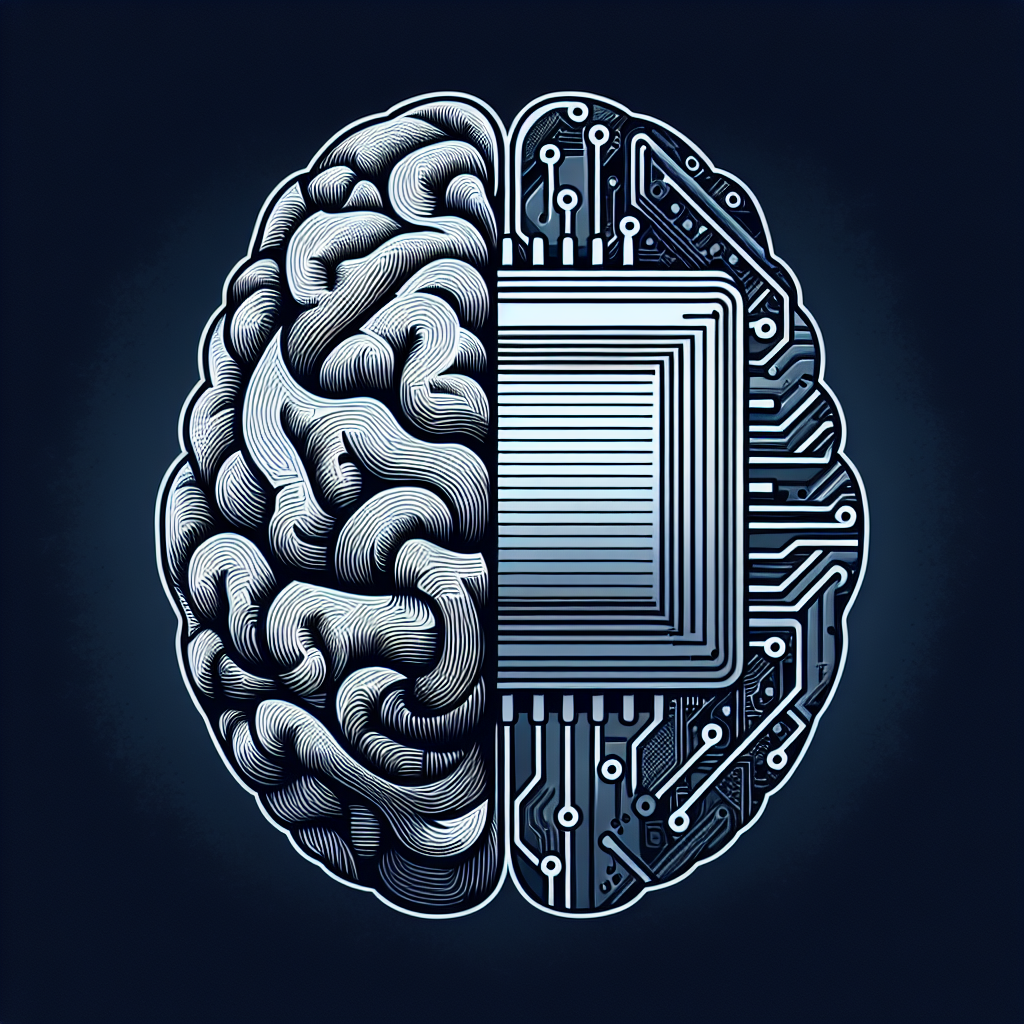Artificial General Intelligence (AGI) is the holy grail of artificial intelligence research – the ability to create machines that possess the same level of intelligence and cognitive abilities as humans. While current AI technologies have made significant advancements in specific tasks such as image recognition, natural language processing, and playing games, AGI aims to develop machines that can perform a wide range of intellectual tasks at a human level.
The quest for AGI has been ongoing for decades, with researchers and scientists around the world working tirelessly to unlock the secrets of human-like intelligence in machines. While we have made great strides in the field of AI, achieving AGI remains a formidable challenge due to the complexity and intricacy of human intelligence.
In this article, we will explore the concept of AGI, its potential applications, challenges, and the key to unlocking human-like intelligence in machines.
What is Artificial General Intelligence (AGI)?
Artificial General Intelligence (AGI) refers to the ability of a machine to understand, learn, and adapt to a wide range of tasks and environments, much like a human being. AGI goes beyond narrow AI, which is designed to perform specific tasks, and aims to create machines that can exhibit general intelligence across multiple domains.
AGI systems are capable of reasoning, problem-solving, decision-making, learning from experience, and understanding natural language, among other cognitive abilities. These machines have the potential to revolutionize industries, transform the way we work and live, and ultimately reshape the future of humanity.
Applications of AGI
The potential applications of AGI are vast and diverse, spanning across various industries and sectors. Some of the key areas where AGI could have a significant impact include:
1. Healthcare: AGI-powered systems could assist doctors in diagnosing diseases, recommending treatment plans, and predicting patient outcomes with a high degree of accuracy.
2. Finance: AGI algorithms could analyze market trends, predict stock prices, and optimize investment strategies to maximize returns for investors.
3. Education: AGI-based tutoring systems could personalize learning experiences for students, adapt to their individual needs, and improve educational outcomes.
4. Autonomous vehicles: AGI-powered self-driving cars could navigate complex environments, make split-second decisions, and ensure the safety of passengers and pedestrians.
5. Robotics: AGI-enabled robots could perform a wide range of tasks in manufacturing, healthcare, and service industries, increasing efficiency and productivity.
Challenges of Achieving AGI
Despite the potential benefits of AGI, there are several challenges that researchers must overcome to achieve human-like intelligence in machines. Some of the key challenges include:
1. Complexity of human intelligence: Human intelligence is a complex and multifaceted phenomenon that involves a wide range of cognitive abilities, such as perception, reasoning, memory, and creativity. Replicating these abilities in machines is a daunting task that requires a deep understanding of the human brain and mind.
2. Data and compute limitations: AGI systems require vast amounts of data and computational power to learn and improve their performance. Obtaining and processing such large datasets, as well as developing efficient algorithms, can be a major bottleneck in achieving AGI.
3. Ethical and societal implications: The development of AGI raises important ethical and societal questions, such as the impact on jobs, privacy, security, and human autonomy. Ensuring that AGI is used responsibly and ethically is crucial to prevent potential harm to society.
The Key to Unlocking AGI
So, what is the key to unlocking human-like intelligence in machines? While there is no single answer to this question, several approaches and techniques have been proposed by researchers to advance the field of AGI. Some of the key strategies include:
1. Integrating multiple AI techniques: AGI research involves combining multiple AI techniques, such as deep learning, reinforcement learning, and symbolic reasoning, to create more robust and versatile systems. By integrating these approaches, researchers can develop AI systems that can perform a wide range of tasks with human-like intelligence.
2. Mimicking the human brain: Another approach to achieving AGI is to mimic the structure and function of the human brain. This involves developing neural network architectures that are inspired by the biological neurons and synapses in the brain, and training them to learn and adapt to different tasks.
3. Continual learning: AGI systems should be capable of continual learning, where they can acquire new knowledge and skills over time through interactions with the environment. By enabling machines to learn from experience and adapt to changing conditions, researchers can create more flexible and intelligent AI systems.
FAQs
Q: What is the difference between AGI and narrow AI?
A: AGI refers to machines that possess human-like intelligence and can perform a wide range of tasks, while narrow AI is designed to perform specific tasks or functions, such as image recognition or language translation.
Q: How close are we to achieving AGI?
A: While significant progress has been made in the field of AI, achieving AGI remains a long-term goal that may take decades or even centuries to accomplish. Researchers continue to work towards unlocking the secrets of human-like intelligence in machines.
Q: What are the ethical implications of AGI?
A: The development of AGI raises important ethical questions, such as the impact on jobs, privacy, security, and human autonomy. It is crucial to ensure that AGI is used responsibly and ethically to prevent potential harm to society.
In conclusion, Artificial General Intelligence (AGI) holds the promise of unlocking human-like intelligence in machines and revolutionizing the way we work and live. While achieving AGI remains a formidable challenge, researchers are making significant strides in advancing the field of AI and developing more intelligent and versatile systems. By integrating multiple AI techniques, mimicking the human brain, and enabling continual learning, we can move closer towards the goal of creating machines that possess the same level of intelligence as humans.

